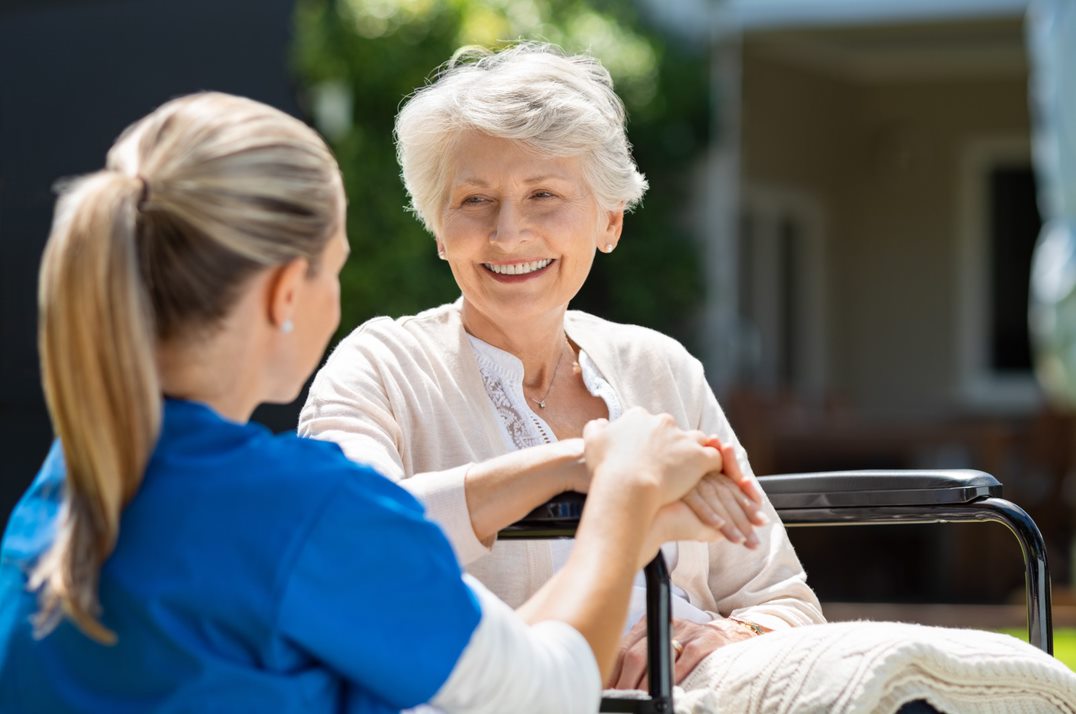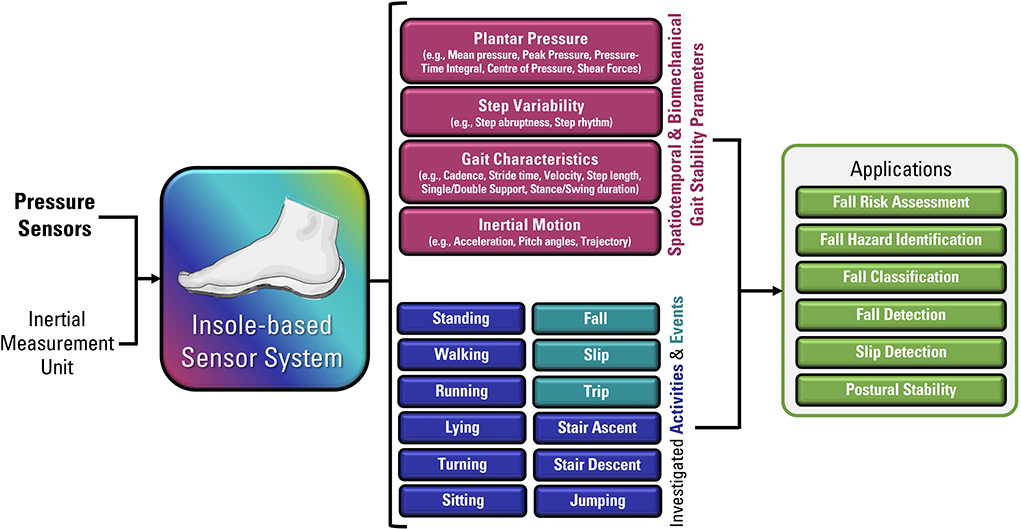Dementia Fall Risk Can Be Fun For Anyone
Dementia Fall Risk Can Be Fun For Anyone
Blog Article
Some Ideas on Dementia Fall Risk You Need To Know
Table of ContentsEverything about Dementia Fall Risk7 Easy Facts About Dementia Fall Risk DescribedThe 4-Minute Rule for Dementia Fall RiskDementia Fall Risk - Truths
A fall risk analysis checks to see how likely it is that you will fall. The assessment normally includes: This includes a series of questions about your general health and wellness and if you have actually had previous drops or problems with balance, standing, and/or walking.STEADI includes screening, examining, and treatment. Interventions are referrals that might minimize your threat of dropping. STEADI consists of 3 actions: you for your threat of dropping for your risk factors that can be boosted to try to stop falls (for example, balance problems, impaired vision) to decrease your risk of falling by using reliable techniques (as an example, providing education and sources), you may be asked a number of concerns including: Have you fallen in the previous year? Do you really feel unsteady when standing or strolling? Are you bothered with falling?, your supplier will evaluate your toughness, equilibrium, and stride, using the adhering to autumn analysis devices: This examination checks your stride.
If it takes you 12 seconds or more, it may mean you are at higher danger for an autumn. This examination checks stamina and equilibrium.
Relocate one foot halfway onward, so the instep is touching the large toe of your other foot. Move one foot totally in front of the various other, so the toes are touching the heel of your other foot.
The Main Principles Of Dementia Fall Risk
Many drops take place as a result of multiple adding factors; for that reason, managing the danger of falling starts with determining the elements that add to drop danger - Dementia Fall Risk. Several of the most appropriate danger aspects include: History of prior fallsChronic clinical conditionsAcute illnessImpaired gait and equilibrium, lower extremity weaknessCognitive impairmentChanges in visionCertain risky medications and polypharmacyEnvironmental elements can also boost the danger for drops, including: Poor lightingUneven or damaged flooringWet or unsafe floorsMissing or damaged handrails and order barsDamaged or incorrectly equipped tools, such as beds, mobility devices, or walkersImproper use of assistive devicesInadequate guidance of the people staying in the NF, consisting of those who exhibit hostile behaviorsA effective fall danger monitoring program needs a complete scientific assessment, with input from all members of the interdisciplinary team

The treatment plan must also consist of interventions that are system-based, such as those that advertise a risk-free setting (ideal lighting, hand rails, get bars, and so on). The efficiency of the treatments must be evaluated occasionally, and the treatment plan modified as essential to reflect changes in the autumn danger analysis. Applying an autumn threat management system utilizing evidence-based ideal method can decrease the occurrence of falls in the NF, while restricting the possibility for fall-related injuries.
Fascination About Dementia Fall Risk
The AGS/BGS guideline recommends screening all grownups aged 65 years and older for fall threat each year. This screening includes asking people whether they have actually dropped 2 or more times in the previous year or sought clinical attention for an autumn, or, if they have not fallen, whether they feel unsteady when strolling.
People that have actually dropped as soon as without injury needs to have their equilibrium and gait evaluated; those with stride visit this site or balance irregularities ought to get additional analysis. A history of 1 fall without injury and without gait or balance troubles does not necessitate further evaluation past continued yearly loss danger screening. Dementia Fall Risk. A loss danger evaluation is required as component of the Welcome browse around this web-site to Medicare evaluation

The Single Strategy To Use For Dementia Fall Risk
Recording a falls history is one of the high quality indications for fall prevention and monitoring. copyright medications in specific are independent forecasters of drops.
Postural hypotension can typically be relieved by lowering the dosage of blood pressurelowering drugs and/or stopping medications that have orthostatic hypotension as a side effect. Use above-the-knee assistance hose and copulating the head of the bed elevated may likewise lower postural decreases in high blood pressure. The recommended elements of a fall-focused physical exam are displayed in Box 1.

A Yank time higher than or equivalent to 12 secs recommends high fall threat. Being incapable click to read more to stand up from a chair of knee elevation without using one's arms shows enhanced fall threat.
Report this page